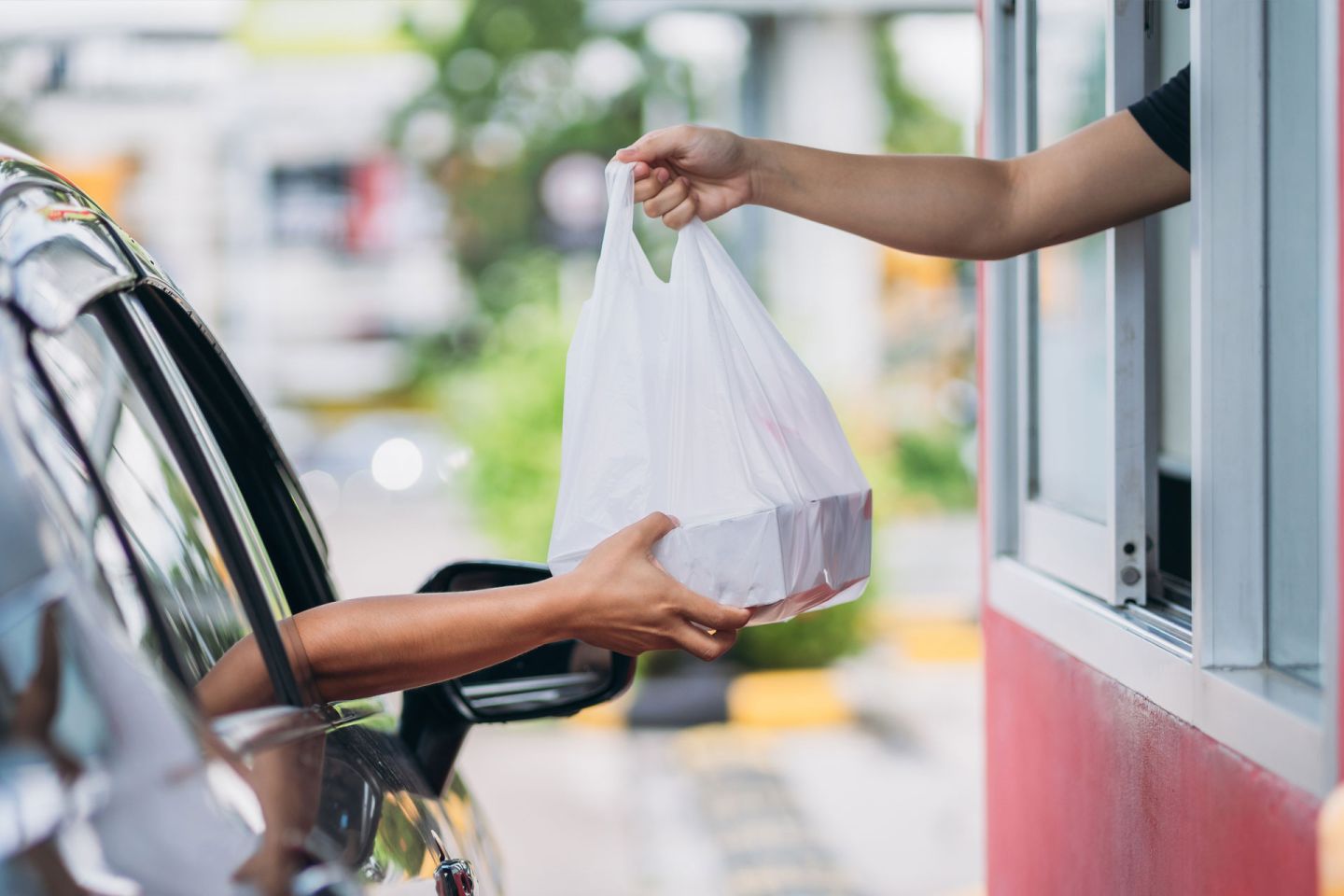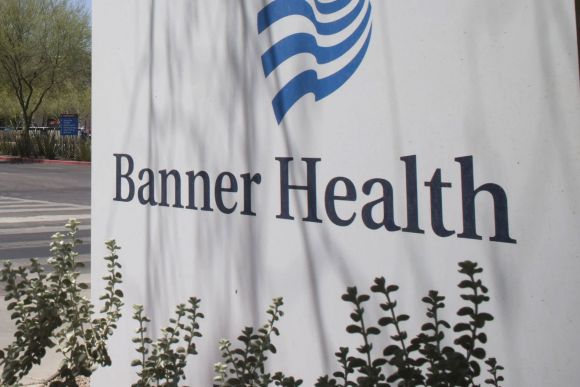QSR Magazine recently released their annual Drive-Thru Study 2012. The drive-thru may seem like an easy and straightforward proposition, but in reality, it is one of the most measured, analyzed and researched areas of the quickservice restaurant business. And one we can all learn from, regardless of the business we are in. After all, whether we run a grocery store, full-service restaurant or hospital emergency room, we all aim to take care of our customers in the most time-efficient manner, while providing accuracy and good customer service.
Between breakfast, lunch, snacks and dinner, quickservice restaurants, such as McDonalds, BurgerKing and Wendy’s, are ringing up $200 billion in the U.S. alone. For most companies, between 50% and 70% of sales is generated through the drive-thru, putting enormous pressure on performance excellence. Any improvement in speed, friendliness, speaker clarity and order accuracy may have great impact on customer satisfaction and the bottom line. However, here’s where things get tough. When focusing on speed of order fulfillment, how do you still guarantee freshness? When focusing on accuracy, how do you still fulfill orders rapidly to keep the line moving? And how do you expand your menu without affecting speed and accuracy?
Let’s look at one of the easiest gauges, being speed. QSR Magazine studied the best-of-class companies, consistent of primarily national chains with one regional player. For the sixth consecutive year, the total time for cars to pull into the drive-thru until the food is handed to the customer increased for all players with the exception of Wendy’s. At 129.75 seconds, they were far ahead of their competitors. What is causing the fulfillment time to increase?
-
QSR Magazine suspects that the more complicated menus are the underlying factor. Order a burger, and all ingredients are at the ready for easy assembly. However, order a smoothie and much more manual labor has to go into the production of the item. Very similar scenarios can be seen in grocery stores that are now offering a wide variety of make-to-order meal solutions. Some have become such popular destinations that the deli area has separate checkout lines for lunch-time guests as to not create long lines for large-basket customers.
-
Interestingly, the study often found an improvement in speed with the implementation of menu boards before the order point to provide customers with a chance to familiarize themselves with the menu early. This is an important lesson; one that surrounds communicating as often, as clearly and in as many ways as possible.
-
Operational efficiency: QSR’s pay attention to small details in the kitchen and assemble areas to help push service times down. For example, something seemingly negligible like the position of the fridge door handle can affect speed. When is the last time you evaluated your deli, kitchen, treatment rooms or check in/out to make sure they are set to be highly efficient?
-
Measure, benchmark and measure again. Many QSRs actively retool their strategies to improve average service time on a constant basis. Experiments with double lanes, different menu boards, consistent teaming up of staff members, etc help companies measure, benchmark and improve. Re-examining current practices in all service areas on an ongoing basis often leads to improved operations. For example, the local children’s hospital emergency room now offers remote wait listing and keeps parents updated on wait times through text messages. Eliminating hours in the waiting room has made this emergency room the top rated choice among parents.


